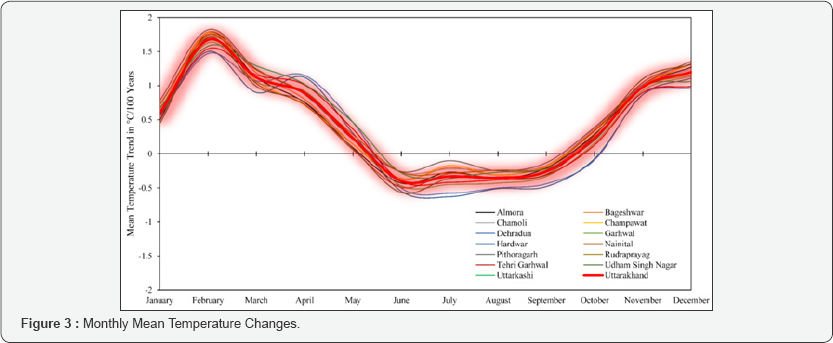

Journal Self-citation is defined as the number of citation from a journal citing article to articles published by the same journal.Įvolution of the number of total citation per document and external citation per document (i.e. The two years line is equivalent to journal impact factor ™ (Thomson Reuters) metric.Įvolution of the total number of citations and journal's self-citations received by a journal's published documents during the three previous years. The chart shows the evolution of the average number of times documents published in a journal in the past two, three and four years have been cited in the current year. This indicator counts the number of citations received by documents from a journal and divides them by the total number of documents published in that journal. Q1 (green) comprises the quarter of the journals with the highest values, Q2 (yellow) the second highest values, Q3 (orange) the third highest values and Q4 (red) the lowest values. The set of journals have been ranked according to their SJR and divided into four equal groups, four quartiles. biodiversity and global climate change are also within the purview of the journal. Geographic information system analyses and remote sensing studies relating such activities to land cover changes that affect, e.g. The journal also includes research and monitoring systems that help assess anthropogenic impacts on natural resources and the environment from numerous activities, such as harvesting, development, and land use changes.

The scope of the journal extends to the use of monitoring in pollution assessment, and particular emphasis is given to the synthesis of monitoring data with toxicological, epidemiological and health data, as well as with pre-market screening results. The journal also focuses on the development of monitoring systems related to the management of various renewable natural resources in, for instance, agriculture, fisheries and forests. The journal covers a wide range of pollutants and examines monitoring systems designed to estimate exposure both at the individual and population levels. We discuss the impact of this finding on the application of bond-valence-based predictions of mineral-water reactivity, and use the results of this study to. Environmental Monitoring and Assessment emphasizes technical developments and data arising from environmental monitoring and assessment, the use of scientific principles in the design of monitoring systems at the local, regional and global scales, and the use of monitoring data in assessing the consequences of natural resource management actions and pollution risks to man and the environment.


 0 kommentar(er)
0 kommentar(er)
